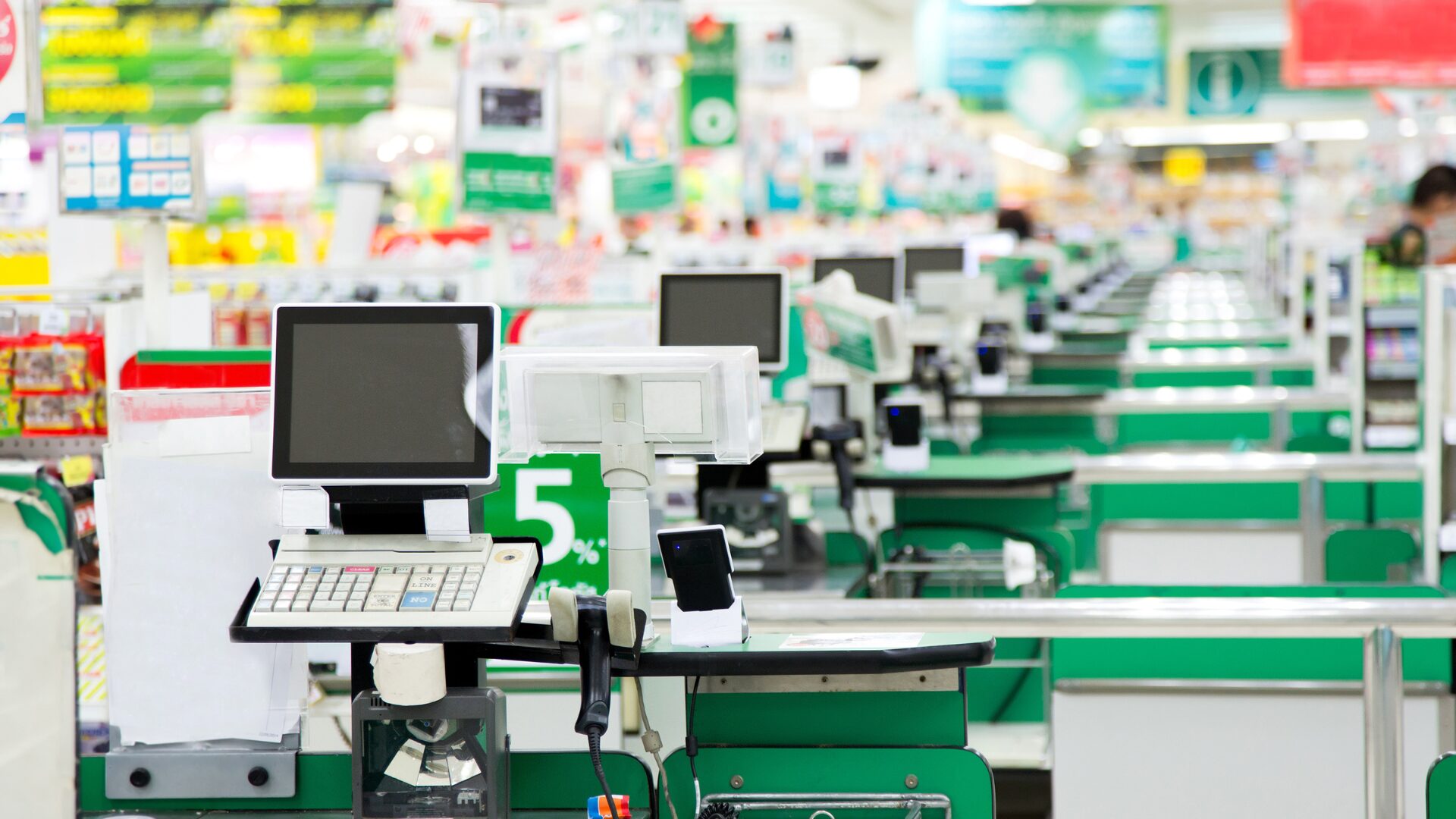Despite a recent uptick in tech investments, many F&B companies aren’t getting the results they’d hoped for.
Here are a few of the roadblocks standing in their way, as well as actionable strategies for overcoming them and maximizing return on investment.
Inadequate Planning
Although testing out shiny new technology can be an exciting endeavor, implementing it will be a rocky road without a solid plan.
“We often see manufacturers eager to adopt the latest technologies,” Israel Ortiz, VP and GM at Accruent, told FI, adding that “without a unified deployment plan or clear task ownership, these tools end up underutilized.”
Ortiz noted that success often goes beyond purchasing the right system and requires leaders to:
- Standardize processes
- Align teams around shared goals
- Ensure the tech supports day-to-day operations
“Otherwise, you’re just layering tech on top of disjointed workflows,” Ortiz explained.
And even the most comprehensive plan will fail if it isn’t supported by a strong data foundation.
Insufficient Data
“New tools can lead to data silos and inconsistencies that create major hurdles,” Tara Blackman, LiveRamp VP of retail, told FI.
These challenges can include:
- Integrating new technologies into existing systems
- Encountering unintentional privacy and security risks
- Effectively managing and analyzing large amounts of data
Blackman recommends implementing an “enterprise identity framework,” or a collaboration tool that creates a common key that securely migrates disparate datasets across IT, product, marketing, and engineering teams.
“This can resolve tech stack fragmentation by making technology investments work better across all applications and business partners,” Blackman explained.
In addition to internal issues, there are also plenty of consumer-facing barriers companies must overcome to reap the rewards they crave.
Poor User Experience
Saee Pansare, a product management expert in the food and grocery space, told FI another reason she’s seen tech investments fail is that the solution isn’t user-friendly enough to encourage widespread adoption.
“I’ve come across several instances where companies design solutions based on ideal-world scenarios without sufficiently verifying whether the average user (customer or store associate) will find the flow logical and easy to adopt.”
Pansare elaborated that this can pave the way for ambitious ideas that aren’t always grounded in reality before providing a second example:
“The company sunsets the core idea, assuming the opportunity isn’t worth exploring, rather than recognizing it as an implementation problem.”
Pansare says the solution is to “constantly test assumptions and hypotheses by closely partnering with users,” allowing companies to “layer incremental builds that make sense rather than investing in large, all-or-nothing projects.”
“I’d also add that I’ve found grocery industry consumer behavior to be more traditional than other industries because it is so habitual and ingrained,” said Pansare.
“We probably had our first grocery shopping experience as a child, and that kind of strong memory/habit is harder to change than some other behaviors, which makes adoption of new routines emerging from new tech difficult.”
So, how can companies address these issues?
Success Strategies
To maximize ROI, Jim Johnson, managing partner of AI solutions and consulting at AnswerRocket, offered these tips.
- Tie tech investments to measurable outcomes: “Any new effort should include a clear line of sight to either a revenue lift, cost reduction, or higher customer satisfaction. Focus on the specific problems you’ll solve, identify the metrics you’ll track, and measure them relentlessly so you don’t lose sight of the original aims.”
- Deploy quickly; learn continuously: “Get to production as fast as possible, even in a very narrow way, and learn from it. F&B companies too often get stuck in extended implementations that fail to deliver value before business conditions change. A small, focused solution that actually reaches production will teach you more about what works in your environment than months of planning and development.”
- Leverage expertise: “Despite your in-house technology team’s interest and excitement, you likely don’t have all the necessary skills. The closer to the cutting edge you get, the more specialized knowledge you’ll need. AI is evolving rapidly, and unless you’re an expert, it is hard to keep up. Strategic partnerships can accelerate your journey and help you avoid costly mistakes.”
The Food Institute Podcast
This Episode is Sponsored by: RSM
It’s tariff time, and companies the world over are working to better understand how their operations will be impacted. Jodi Ader from RSM US LLP joined The Food Institute Podcast to discuss which products and inputs are currently subject to tariffs, and how to best mitigate supply chain risks.










